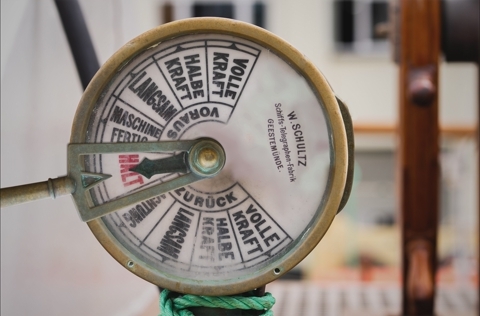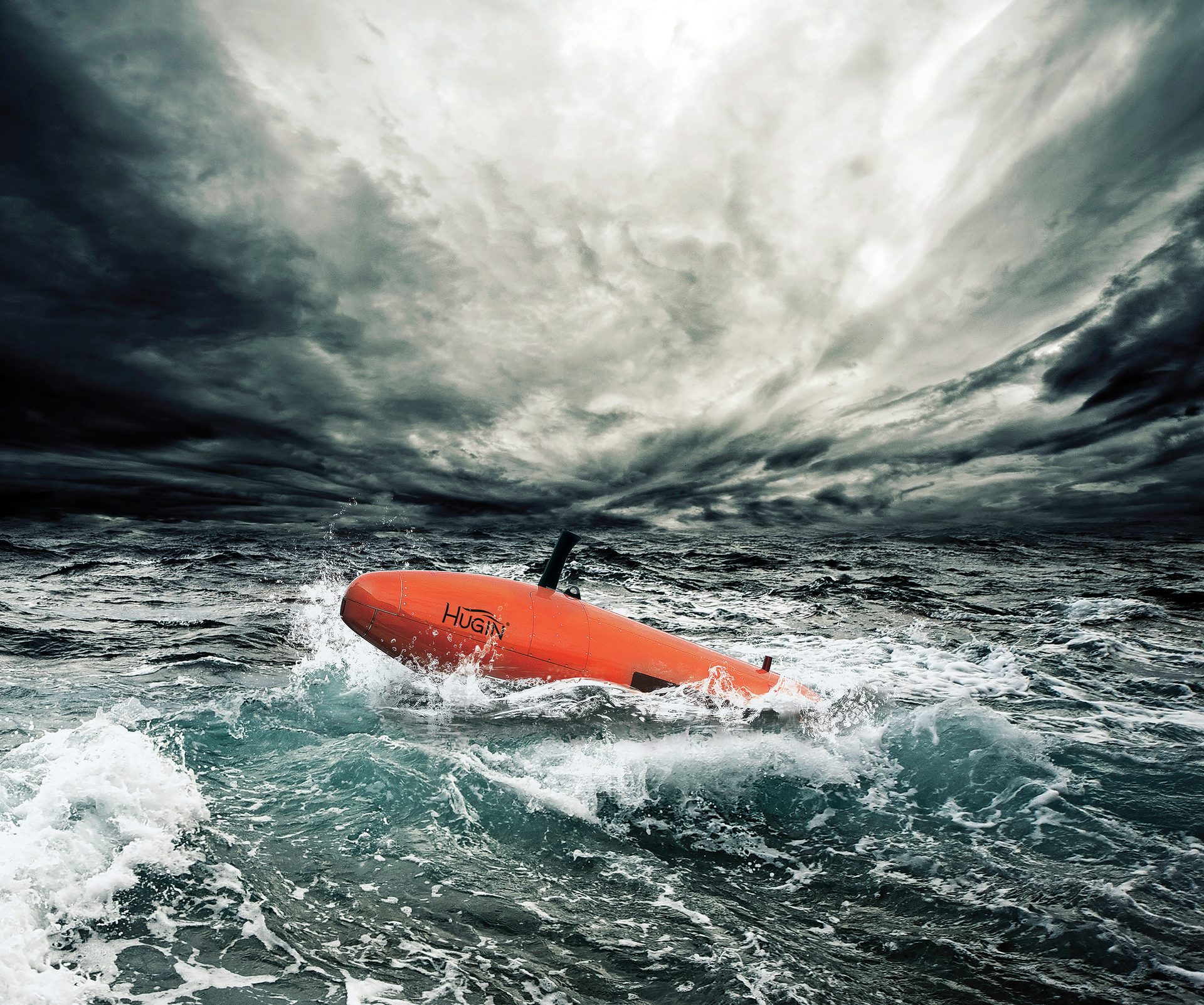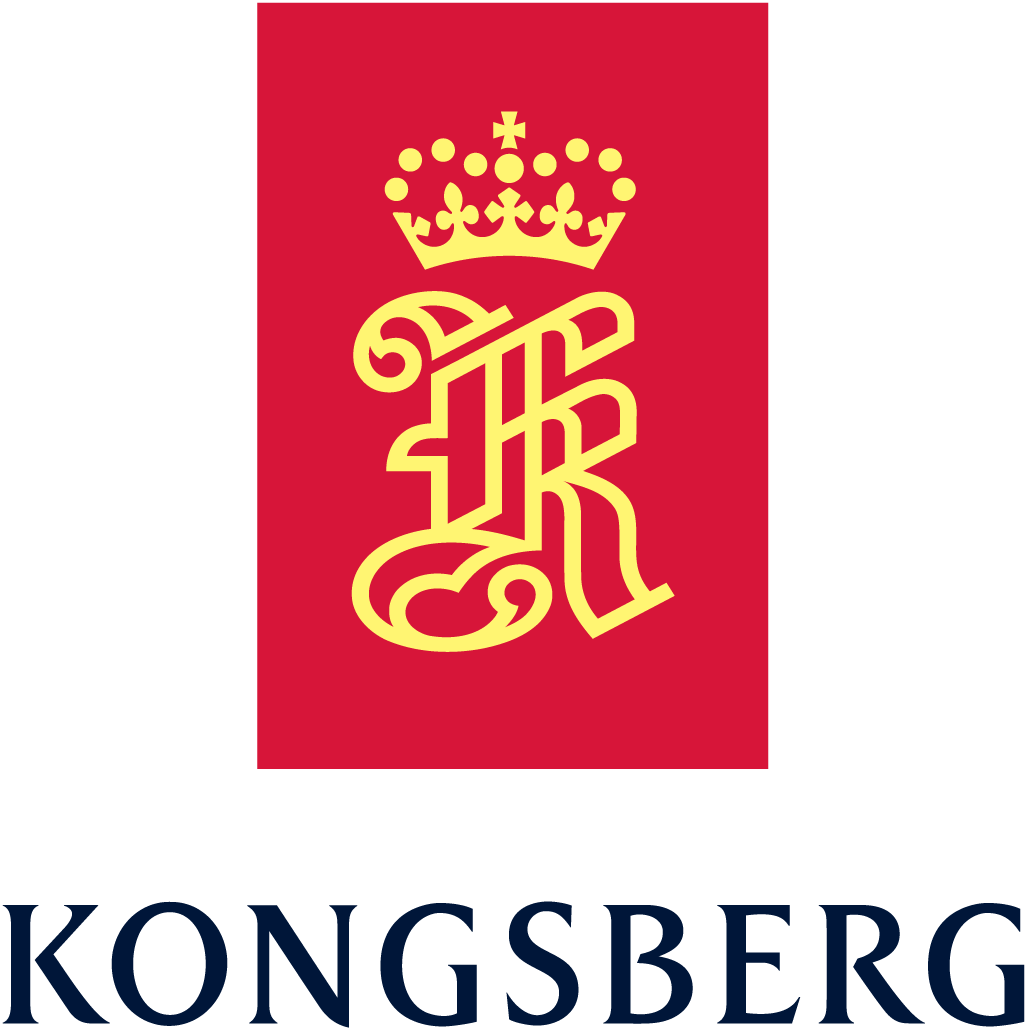The beautiful Statsraad Lehmkuhl is in dry dock in Bergen for the most extensive overhaul ever.

Over 20 kilometres of old rope will be replaced, the masts taken down, and the building renovated inside and out.

In collaboration with Kongsberg Gruppen, the 110-year-old ship is being upgraded to a state-of-the-art research vessel.


It will soon be ready for a 12-month-long research expedition – One Ocean Expedition 2025-26.

110-year-old, state-of-the-art research vessel
Before this upgrade, Statsraad Lehmkuhl was already an advanced research ship, but now its level is being raised even further.
Journalist: Björn Audunn Blöndal
Photo/video: Björn Audunn Blöndal, Oslo Museum, Statsraad Lehmkuhl, Jesper Rosenmai, Ingrid Wollberg, Hanna Thevik
Illustration: Marius Halvorsen
What awaits the students and researchers who board Statsraad Lehmkuhl for the expedition is some of the most advanced research equipment available in the world.
"They get to work with equipment and in an environment that is closely aligned with what they will have access to in their careers if they continue as researchers," says Geir Pedersen, a researcher at the Institute of Marine Research and leader of the science committee for the One Ocean Expedition.
"Students will encounter an international environment, with researchers and other students worldwide. They will have a unique platform for networking."
"Just being part of a voyage on a ship over a hundred years old is a magical experience," he says.
The journey begins during One Ocean Week in Bergen, and the ship will return to the same port a year later, during One Ocean Week 2026.



But between departure and return lies an adventurous route. As a recognized part of the UN's Decade of Ocean Science, Statsraad Lehmkuhl will actively participate in the UN's major ocean conference, "UNOC 2025," and visit 20 different ports around the world. The destinations span several continents, from Europe to the USA and Central and South America. The expedition is not just a journey across the oceans but also a journey to better understand them.
A decade before Statsraad Lehmkuhl was launched, Norwegian explorer Roald Amundsen made history by navigating the challenging Northwest Passage. The ship he used, Gjøa, is now a massive museum object at the Fram Museum in Bygdøy. However, the majestic training ship Statsraad Lehmkuhl is fully operational and will soon sail in Amundsen's wake through the Northwest Passage.
In addition to educating the next generation of ocean researchers, Lehmkuhl will gather invaluable information about the ocean, biology, pollution, and the impact of climate change.
Lehmkuhl is a floating research laboratory with advanced tools for collecting and analyzing data from the world's oceans. This information will give researchers precious insights into ecosystems in remote and often inaccessible waters.
"The Northwest Passage has been charted poorly so far. The existing data is incomplete, and this is where Lehmkuhl can fill in some gaps," says Pedersen.
"This expedition will live on long after Lehmkuhl reaches its home port. We will have data that will benefit researchers for many years."
Learning more about the ocean

Lehmkuhl is now also equipped with a new laboratory and sampling equipment. The ship will be the workspace for students and researchers, where they can operate all sensors, handle water samples, and work with data processing and analysis.
Scientists sample water using a so-called CTD rosette, which they lower into the ocean with a brand-new winch mounted on the deck. The three letters stand for "Conductivity Temperature Depth." The setup includes a ring of 12 sample bottles mounted in a circle. The entire rosette is attached to a 1000-meter-long wire that can lower it into the depths. These bottles open and close at different depths in the water, allowing for the collection of water samples through various ocean layers. Scientists analyze it for algae, plankton, and other organisms, as well as levels of microplastics and other pollutants. In addition, the rosette records sound, temperatures, and a host of other data.
"We are also working on installing automated measurements on the water intake so that we can continuously measure and analyze the surface water where Lehmkuhl sails," says Tonny Algrøy, Sales Director (for Marine Research) at Kongsberg Discovery.
He explains that Kongsberg Gruppen is working on setting up a good data solution, a large hard drive on board where all data can be stored before being processed and sent to land daily using Blue Insight, Kongsberg's new initiative for refining and sharing ocean data. Such an expedition collects enormous amounts of raw data that need processing to be transformed into knowledge.
"Two main sensor upgrades are being made this time," says Algrøy.
"A so-called blister is being installed on the hull at the front of the ship," he says, pointing to the vessel's side. There's the sound of banging and grinding coming from inside.


Upgraded laboratory


SEVERAL NOTCHES UP:
– We are now upgrading the equipment on the old school and research ship by several notches, says Tonny Algrøy, Sales Director for Marine Research at Kongsberg Discovery.
Lehmkuhl is now also equipped with a new laboratory and sampling equipment. The ship will be the workspace for students and researchers, where they can operate all sensors, handle water samples, and work with data processing and analysis.
Scientists sample water using a so-called CTD rosette, which they lower into the ocean with a brand-new winch mounted on the deck. The three letters stand for "Conductivity Temperature Depth." The setup includes a ring of 12 sample bottles mounted in a circle. The entire rosette is attached to a 1000-meter-long wire that can lower it into the depths. These bottles open and close at different depths in the water, allowing for the collection of water samples through various ocean layers. Scientists analyze it for algae, plankton, and other organisms, as well as levels of microplastics and other pollutants. In addition, the rosette records sound, temperatures, and a host of other data.
"We are also working on installing automated measurements on the water intake so that we can continuously measure and analyze the surface water where Lehmkuhl sails," says Tonny Algrøy, Sales Director (for Marine Research) at Kongsberg Discovery.
He explains that Kongsberg Gruppen is working on setting up a good data solution, a large hard drive on board where all data can be stored before being processed and sent to land daily using Blue Insight, Kongsberg's new initiative for refining and sharing ocean data. Such an expedition collects enormous amounts of raw data that need processing to be transformed into knowledge.
"Two main sensor upgrades are being made this time," says Algrøy.
"A so-called blister is being installed on the hull at the front of the ship," he says, pointing to the vessel's side. There's the sound of banging and grinding coming from inside.


Upgraded laboratory


SEVERAL NOTCHES UP:
– We are now upgrading the equipment on the old school and research ship by several notches, says Tonny Algrøy, Sales Director for Marine Research at Kongsberg Discovery.

As the name suggests, this blister is a sort of "bubble" mounted under the ship. It houses a range of sensors that will collect data during the journey. To install the blister, the hull must be opened, an operation that is particularly challenging with Statsraad Lehmkuhl's riveted hull.
"During the previous expedition, we encountered some challenges with bubbles that created noise on the sensors while the ship was moving. The blister is better positioned this time, and we hope for even better acoustic data on the next voyage," he says.
In this blister, a range of sensors is installed, including an advanced echo sounder that can detect fish and plankton in the water masses under the ship.
"We are also installing a brand-new instrument called an ADCP, or 'Acoustic Doppler Current Profiler.' This measures ocean currents with high precision. It measures the currents from just below the ship's keel to many hundreds of meters down in the water column," he says. This is important for understanding how the oceans transport heat and plankton, how other marine life is affected by ocean movements, and how weather is related to the currents.
Listening for whales
One Ocean Expedition
2025-2026
Høsten 2025 legger Statsraad Lehmkuhl ut på den 12 måneder lange jordomseilingen One Ocean Expedition.
Formålet er å inspirere mennesker over hele verden til å engasjere seg for et renere hav, ved å øke bevisstheten om havets betydning for en bærekraftig fremtid, fremme internasjonalt samarbeid og forskning knyttet til havet.
I løpet av ekspedisjonen vil seilskipet besøke flere kontinenter og havner over hele verden. Ruten omfatter både åpne havområder og kystnære farvann for å dekke et bredt spekter av marine økosystemer.
Skipet vil fungere som en plattform for forskere som samler inn data om havmiljøet, klimaendringer, biodiversitet og forurensning. Slik vil de kunne bidra med viktig data for å forstå og bekjempe klimaendringer og forurensning.
Disse dataene vil også være viktige for å fremme forståelsen av havets kritiske betydning og nødvendigheten av å beskytte det.
One Ocean Expedition
2025-2026
Høsten 2025 legger Statsraad Lehmkuhl ut på den 12 måneder lange jordomseilingen One Ocean Expedition.
Formålet er å inspirere mennesker over hele verden til å engasjere seg for et renere hav, ved å øke bevisstheten om havets betydning for en bærekraftig fremtid, fremme internasjonalt samarbeid og forskning knyttet til havet.
I løpet av ekspedisjonen vil seilskipet besøke flere kontinenter og havner over hele verden. Ruten omfatter både åpne havområder og kystnære farvann for å dekke et bredt spekter av marine økosystemer.
Skipet vil fungere som en plattform for forskere som samler inn data om havmiljøet, klimaendringer, biodiversitet og forurensning. Slik vil de kunne bidra med viktig data for å forstå og bekjempe klimaendringer og forurensning.
Disse dataene vil også være viktige for å fremme forståelsen av havets kritiske betydning og nødvendigheten av å beskytte det.

The third sensor being installed is a cluster of hydrophones, a set of microphones that can listen to underwater sounds. In addition to recording the sound itself, the instrument can also measure its direction.
"Scientists will use them for two things: we will listen for noise pollution in the ocean and marine mammals, such as whale calls. We plan to use machine learning to recognize the whale calls. This way, we don't need to listen to all the recordings ourselves; the machine can recognize the whales by searching for sound signatures," says Algrøy.
"Making the research results and findings available is one of the most important aspects of the expedition."
The data collected will be invaluable to researchers for many decades to come. They will help shape the understanding of polar ecosystems for future generations of researchers. Even though we have sailed in Amundsen's wake before, we still have much to learn from these distant and challenging waters.
Tonny Algrøy
SALES DIRECTOR, KONGSBERG DISCOVERY
"We will gather enormous amounts of data during this expedition"
Listen to the humpback whales sing here:
One Ocean Expedition
2025-2026
In the spring of 2025, Statsraad Lehmkuhl will embark on the 12-month-long circumnavigation, One Ocean Expedition. The ship completed the first One Ocean Expedition in 2021-2023.
The goal is to inspire people worldwide to engage in cleaner oceans by raising awareness of the ocean's importance for a sustainable future, promoting international cooperation, and conducting ocean-related research.
During the expedition, the sailing ship will visit several continents and ports. The route includes both open ocean areas and coastal waters, covering a broad spectrum of marine ecosystems.
The ship will serve as a platform for researchers to collect data on the marine environment, climate change, biodiversity, and pollution. The data will provide crucial information to understand and combat climate change and pollution.
These data will also be crucial in promoting the understanding of the ocean's critical importance and the necessity of protecting it.
One Ocean Expedition
2025-2026
In the spring of 2025, Statsraad Lehmkuhl will embark on the 12-month-long circumnavigation, One Ocean Expedition. The ship completed the first One Ocean Expedition in 2021-2023.
The goal is to inspire people worldwide to engage in cleaner oceans by raising awareness of the ocean's importance for a sustainable future, promoting international cooperation, and conducting ocean-related research.
During the expedition, the sailing ship will visit several continents and ports. The route includes both open ocean areas and coastal waters, covering a broad spectrum of marine ecosystems.
The ship will serve as a platform for researchers to collect data on the marine environment, climate change, biodiversity, and pollution. The data will provide crucial information to understand and combat climate change and pollution.
These data will also be crucial in promoting the understanding of the ocean's critical importance and the necessity of protecting it.
Statsraad Lehmkuhl
Statsraad Lehmkuhl













See more pictures of Statsraad Lehmkuhl:
More stories from Kongsberg Gruppen
HISTORIE

The world's most advanced ship

Taking a deep dive to find important answers

Small but incredibly impressive



